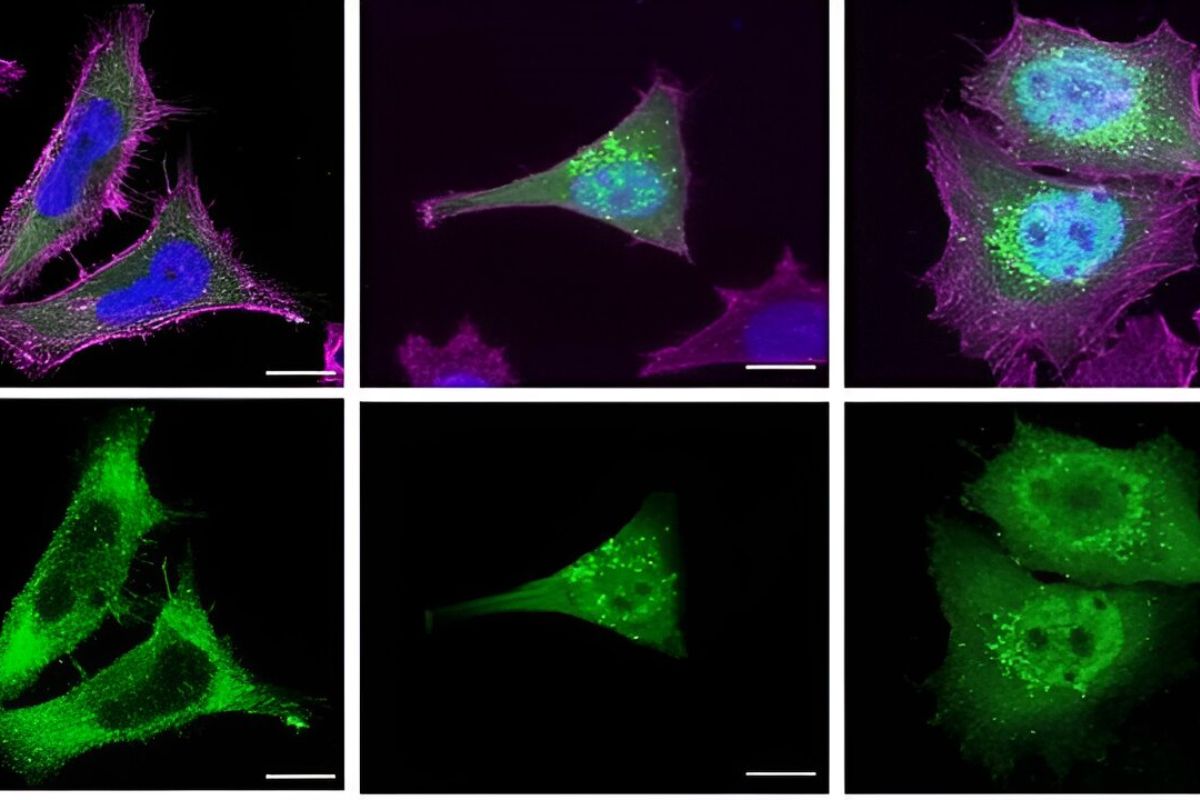Source – UB
Unveiling the Molecular Pathology of Schaaf-Yang Syndrome
Schaaf-Yang syndrome (SYS), an exceedingly rare disorder impacting neurological and cognitive development, is attributed to mutations in the MAGEL2 gene. These mutations result in the generation of truncated, non-functional proteins that accumulate within the cell nucleus, potentially triggering toxic effects. Individuals affected by SYS often exhibit congenital malformations, intellectual disability, facial feature alterations, sleep apnea, and joint contractures. The latest advancements in SYS research, published in the Journal of Medical Genetics, shed light on the underlying molecular pathology of the Schaaf-Yang syndrome.
Genetic Mutations and Protein Alterations
The MAGEL2 gene, situated on chromosome 15 and predominantly expressed in the nervous system, encodes the MAGEL2 protein responsible for protein transport and recycling within neuronal cells‘ cytoplasm. Over eighty mutations in the MAGEL2 gene have been identified, with some recurring among patients worldwide. Truncated proteins associated with SYS lack essential structural domains, such as the MAGE homology domain crucial for protein interactions and cellular functions. These abnormal proteins exhibit a propensity to accumulate in the cell nucleus, potentially exacerbating symptoms.
Implications for Treatment Development
The accumulation of truncated MAGEL2 proteins in the cell nucleus may exacerbate SYS symptoms, suggesting a correlation between mutation severity and clinical manifestations. Strategies targeting cellular mechanisms for protein degradation, like the ubiquitin-proteasome system, may aid in mitigating the toxic effects of truncated proteins. However, the stability of truncated MAGEL2 proteins poses challenges for degradation processes, underscoring the need for innovative treatment approaches. Understanding how these proteins disrupt cellular functions could pave the way for therapeutic interventions aimed at promoting protein degradation, restoring cellular function, and alleviating SYS symptoms. Further research endeavors are underway to advance the development of effective treatments for individuals affected by SYS.
By unraveling the intricacies of MAGEL2 gene mutations and truncated proteins, researchers aim to unlock novel therapeutic avenues for managing Schaaf-Yang syndrome and improving patient outcomes.







